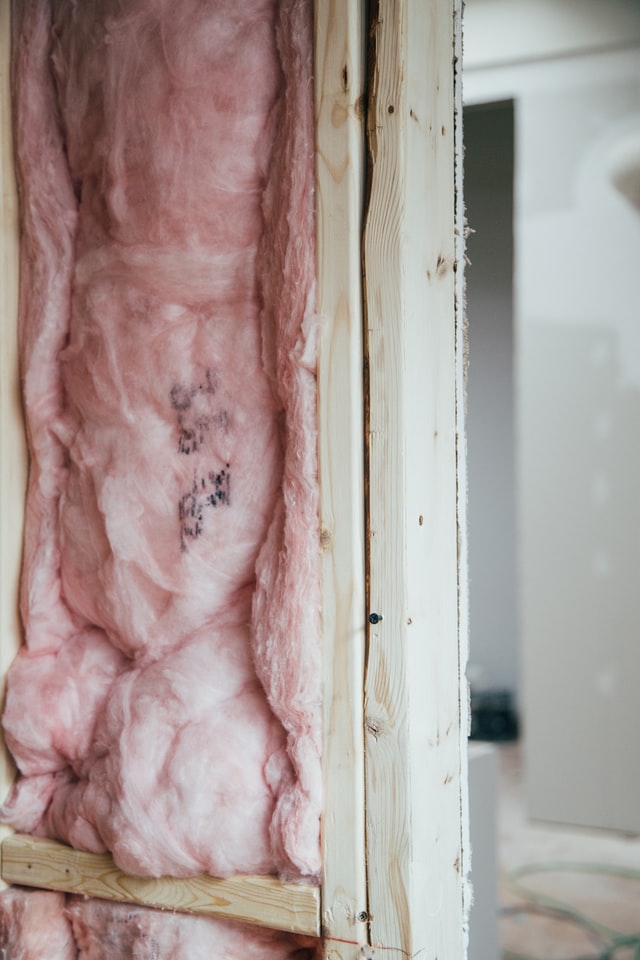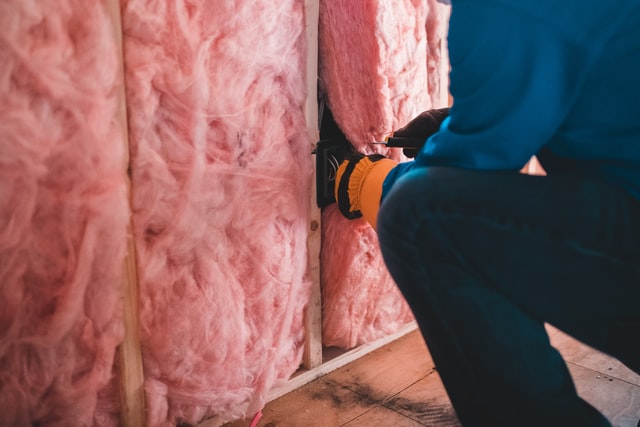According to the National Association of Manufacturers of Insulating Materials, the concept of thermal insulation is associated with the concept of controllability of heat transmission when it is desired that it does not exceed certain limits. Is a product that reduces the transmission of heat through the structure on which, or in which it is installed.
Poorly thermally insulated buildings are characterized by heating up quickly in summer and cooling down quickly in winter. For this reason, improving a building can generate energy savings of around 50%.
Contents
Types of thermal insulation
In buildings can be improved by acting on three elements of the envelope:
. Facade: interior and/or exterior walls.
. Roof: roofs (flat or sloping).
. Carpentry: glass, window frames, and blinds.

To improve the facade, there are three systems:
. Exterior System (SATE): This is applied to the exterior façade; The SATE system, in addition to improving the level of thermal insulation, also beautifies the external appearance of the building.
. Injection system in the air chambers of the building walls: This system consists of injecting an insulating material (such as fiberglass or polyurethane) inside the walls. Its application is recommended when the external appearance of buildings cannot be changed, as in the case of historical constructions.
. Insulation System in Interior Walls: This system is applied inside the rooms, so it affects the size of the rooms, which will see their size diminish. It is very useful when the walls of buildings do not have an air chamber and it is not feasible to insulate them from the outside.
Regarding the thermal insulation of roofs, the most frequent actions are of two types and are determined by the configuration of the roofs:
. When the roofs are flat, thermal insulation is easier, because it can be done on the waterproofing of the roof.
. On sloped roofs, on the other hand, the process is more complicated and must be done in two ways. It can be isolated between the chamber that exists between the roof and the last slab of the roof. Or it is possible to lift the tiles and place the thermal insulation underneath.
Regarding the carpentry (glass, window frames, and blinds) it is necessary to identify if the air is leaking through these elements and change them for others that provide greater thermal insulation.
When to approach thermal insulation performance?
In addition to identifying the most suitable type of thermal insulation for the building, another fundamental aspect of the project is when and how to undertake this type of action:
. Given that scaffolding costs represent a large part of the cost, it is recommended to take advantage of other actions to rehabilitate the façade, to improve insulation.
. In order for the optimization to be effective, comprehensive reform must be undertaken. That is, to improve the level of insulation of the walls, the carpentry, and the roofs.
Who turns to improve?
Given the great scope of this type of action, it is always advisable to turn to a trustworthy company, with experience in energy renovation of buildings. Improvement of the energy efficiency of buildings from an integral perspective, which in addition to thermal insulation also includes energy consumption and the management and optimization of facilities;


